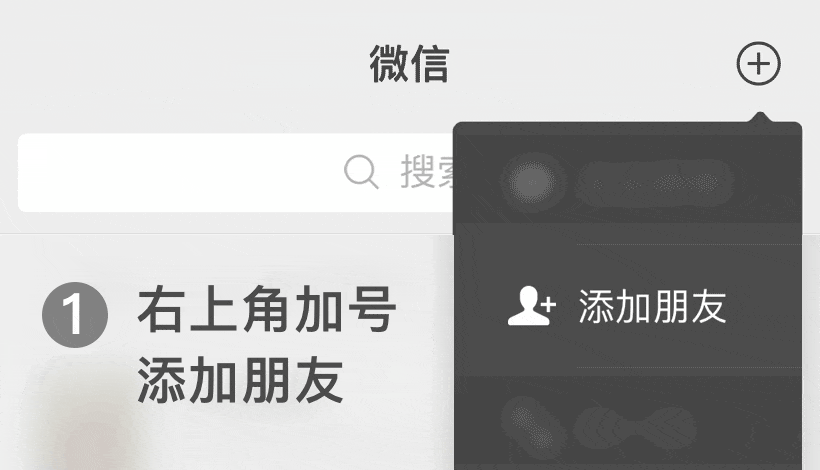Leakage treatment of spiral plate heat exchanger
Source:
/en Release date: 2023-07-14
The spiral plate heat exchanger is composed of two closed and independent spiral channels, and it is difficult to determine the leakage point if there is a series of leaks in the channels. In order to quickly identify the leakage point, a drilling method was adopted.
The spiral plate heat exchanger is composed of two closed and independent spiral channels, and it is difficult to determine the leakage point if there is a series of leaks in the channels. In order to quickly identify the leakage point, a drilling method was adopted. When drilling, the drilling position should be located on the same spiral channel at one end of the heat exchanger, and it should be arranged in a cross shaped manner. During drilling, it should also be ensured that iron chips do not fall into the heat exchanger as much as possible to ensure smooth passage.
Filling water, pressing, and leak detection
On a channel that has never been drilled, a pressure water pump is used to fill the heat exchanger with water and form a certain pressure. At this point, the leaking position of the heat exchanger will flow out of the water and flow to another channel (the channel that has been drilled through the hole), and water will drip down from the layer closest to the leakage point (at this point, the end of the heat exchanger that has been drilled through the hole should be placed downwards). By determining the position of the dripping water, it can be determined which layer has internal leakage, At this point, cut a section of the head on the same layer of the heat exchanger that has not been drilled as an observation hole, and quickly determine the specific leakage point from the observation hole.
Repair of internal leaks
1. Digging holes: After determining the location of the internal leakage point, start cutting holes from the outermost layer of the heat exchanger corresponding to the leakage point, and the order is from the outside to the inside, all the way to the layer with the internal leakage point. The holes cut should be elliptical in shape, and the size should be larger in the outer layer and gradually smaller inward. Generally, the size of the holes on each layer of the board varies by 40mm. If the leakage point is deeper, the holes cut on the outer layer should be larger.
2. Slag cleaning: After cutting the hole, the oxide slag left on each layer of the plate should be carefully cleaned. This is the key to whether the repair plate and each layer of spiral plate can be tightly welded when welding the repair plate. The oxide slag can be cleaned with a chisel and a small hand grinding wheel used to repair the mold. Attention should be paid to removing the cleaned slag as much as possible to prevent it from falling into the heat exchanger.
3. Replacement plate: To ensure the quality of repair, the plate material cut from each layer of the heat exchanger is no longer used and replaced with a replacement plate. The replacement plate should be made of the same material and thickness as the spiral plate of the heat exchanger, and its surrounding area should be 15mm larger than the holes cut from each layer of the heat exchanger? 20mm, also elliptical in shape, and made into an arc consistent with the curvature of each spiral plate of the heat exchanger.
4. Welding leakage points and repair plates:
1) When welding internal leakage points, it is necessary to carefully check whether they are cracks or sand holes. If necessary, a hand grinding wheel can be used to clean the leakage points and grind out grooves to ensure welding quality.
2) During welding repair, J422 welding rod is used, with a diameter of 3.2mm and a current control between 100-120A [1]. Leakage points are welded first, and then each layer of repair plate is welded layer by layer from the inside out.
3) The elliptical repair plate is welded tightly against the inner arc surface of the heat exchanger, with the aim of "facilitating operation and ensuring welding quality".
4) To ensure the smooth installation of the elliptical repair plate into the heat exchanger, a section of round steel can be welded onto the repair plate, and after spot welding the elliptical repair plate, it can be removed.
5) Short round steel braces are also welded between each layer of the repair plates (mainly to increase the mutual stiffness of the elliptical repair plates). The number of short round steel braces welded on each layer of the repair plate depends on the size of the repair plate. Generally, 23 are welded on the larger layers of the repair plate on the outside, and 1-2 are welded on the inner layer of the repair plate.
6) The outermost steel plate has δ 12mm thick, so the original cut steel plate can be directly installed in its original position and aligned for welding.
7) In welding, it should be achieved that after welding each layer of elliptical repair plate, the welding position should be carefully checked. If there are sand holes, repair welding should be carried out to ensure the welding quality of each layer.
Pressure testing and sealing of drilling holes
After welding the inner leakage point and the repair plate, use a pressure water pump to fill the channel of the last drilled hole with water, and form a 0.5? A pressure of 1.0 MPa should be maintained for a certain period of time without any pressure relief phenomenon. Sealing drilled holes: used for drilling short round steel sections with the same diameter, sealing and welding the position and observation hole of the drilled holes, and then conducting a hydraulic pressure test on the channel, with a pressure of 0.51.0MPa, and there should be no leakage. Precautions during the pressure test process: 1) Before cutting the holes in the heat exchanger, steam should be used to blow out the remaining chemical substances in the heat exchanger to avoid combustion and safety accidents during gas cutting. 2) Before repairing the heat exchanger, it should be confirmed whether it is severely corroded and whether repair is still necessary.
The above is what Changshu New Century Chemical Equipment Co., Ltd. summarized for you about the leakage treatment of spiral plate heat exchanger. If there is any related knowledge you don't understand, you can consult us
 WeChat number:WEIXINHAOMA
WeChat number:WEIXINHAOMA
